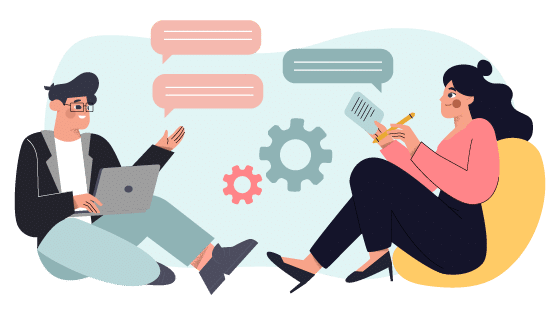It’s a fact: Everyone learns in different ways. While some have to see to believe it, others spend hours with flash cards to absorb new information. While an individual’s best learning method may vary, the retention rate can improve when some of those learning methods are applied with instructional design. By understanding how humans best absorb new information, you can incorporate new eLearning methods in your curriculum for better retention and results.
Use Instructional Design To Tap Into Multiple Senses
Learning is often most effective when more than one of the senses are engaged. By triggering the sense of both sight and sound, for example, you create a sensory memory that is more powerful than sight alone. Consider combining a video with a podcast, or a game with a white paper. Giving learners an array of sensory experiences can help increase retention and recall for future application.
Give Quizzes/Games To Make eLearning Interactive
Teaching a learner about a new concept is one thing, but combining that information with application is much more effective. When learners have the chance to discuss, apply or prove their new found knowledge and understanding, it creates a deeper connection with the course material. Whether you issue a quiz at the end of each chapter or lead a class discussion on a new concept, immersing and engaging learners in the material can help improve success rates.
Social Media Makes Repetition Fun!
While it may not be the most exciting of all the learning methods, repetition and exposure to the material can help improve retention. It’s a simple and quick way for learners to brush up on information without using a ton of resources. Repetition doesn’t have to be boring, either – microlearning works especially well for repeated exposure. A daily tweet reminder or a quote placed on program startup can be enough to ingrain your learners with the most important nuggets of information.





